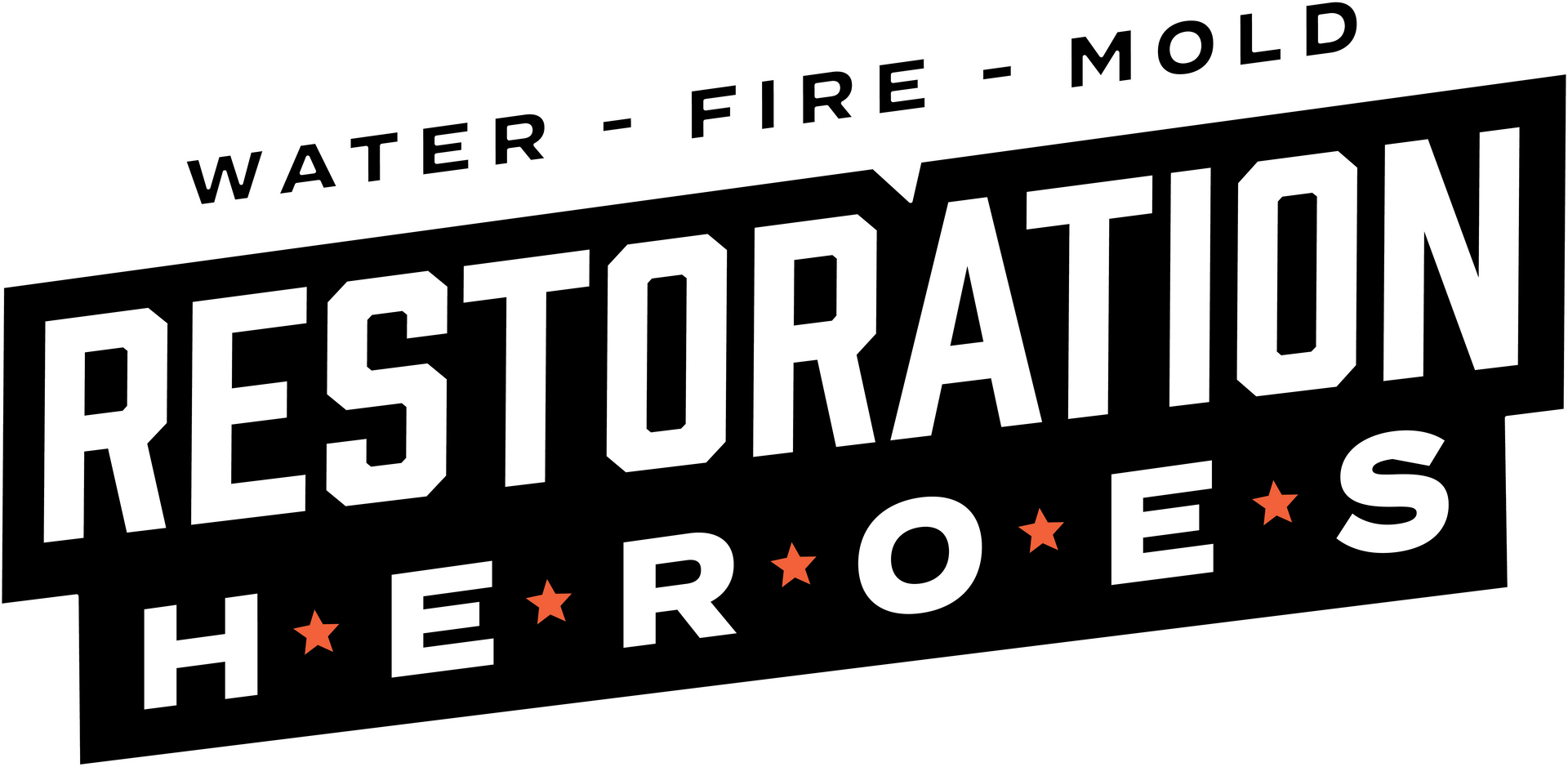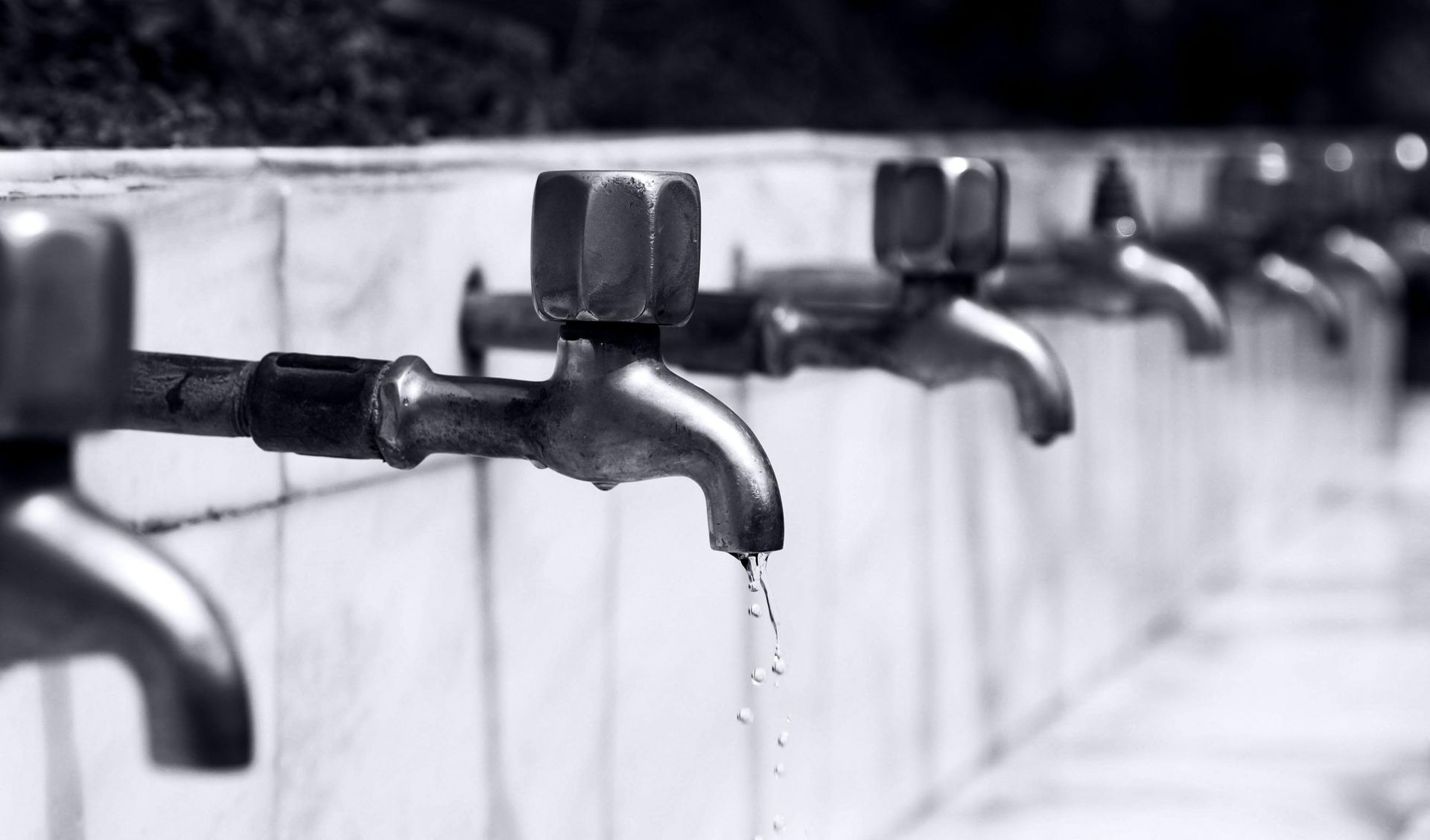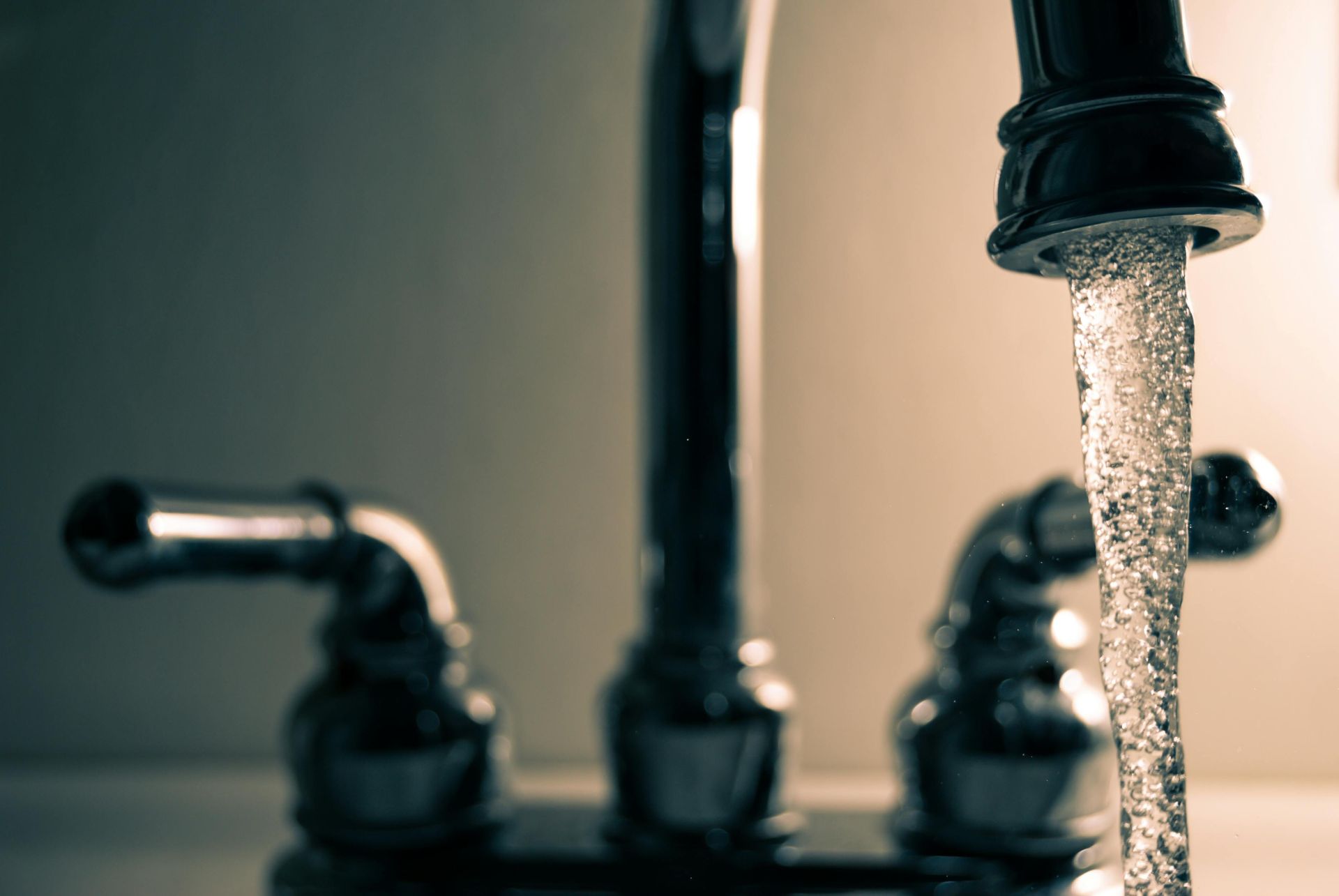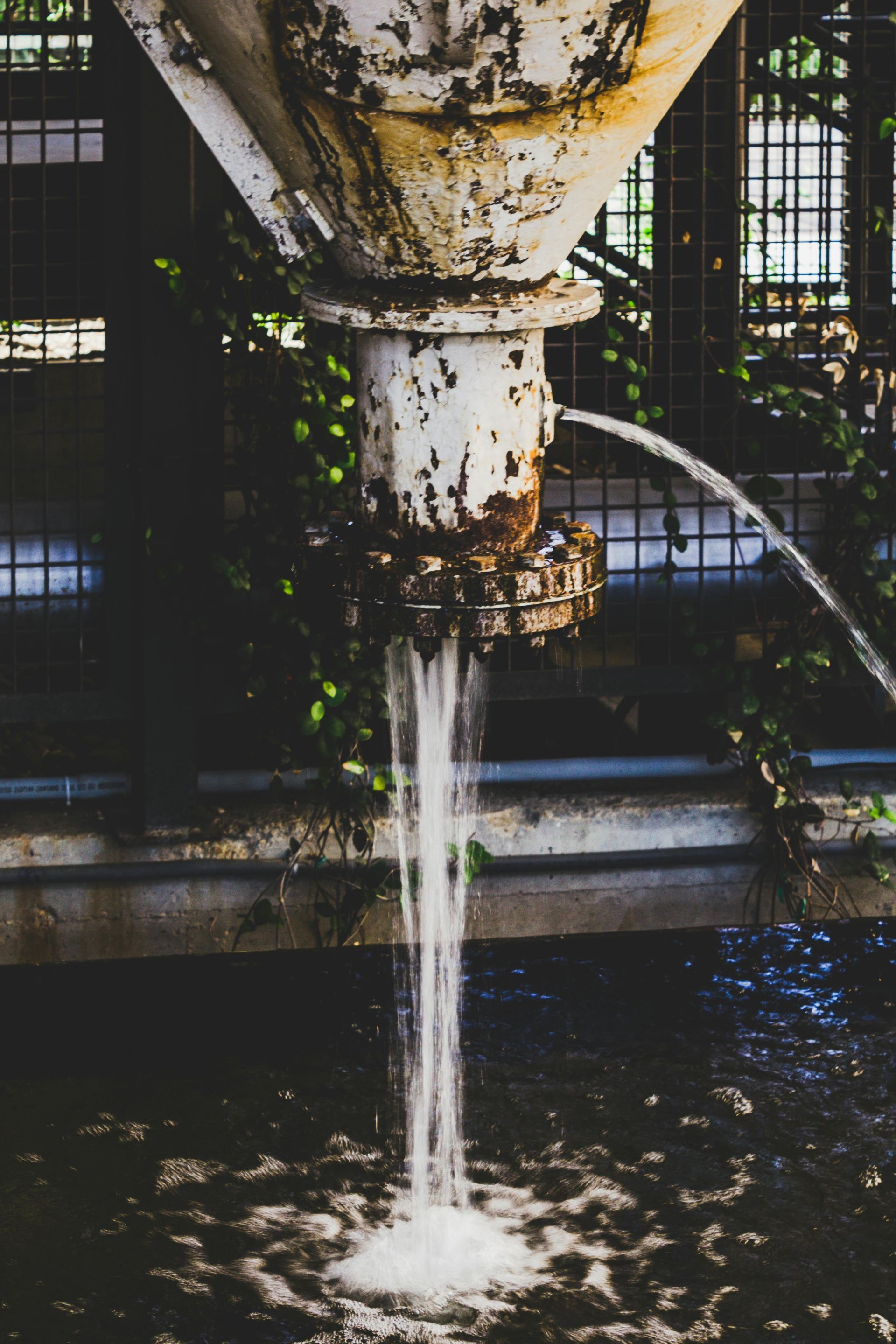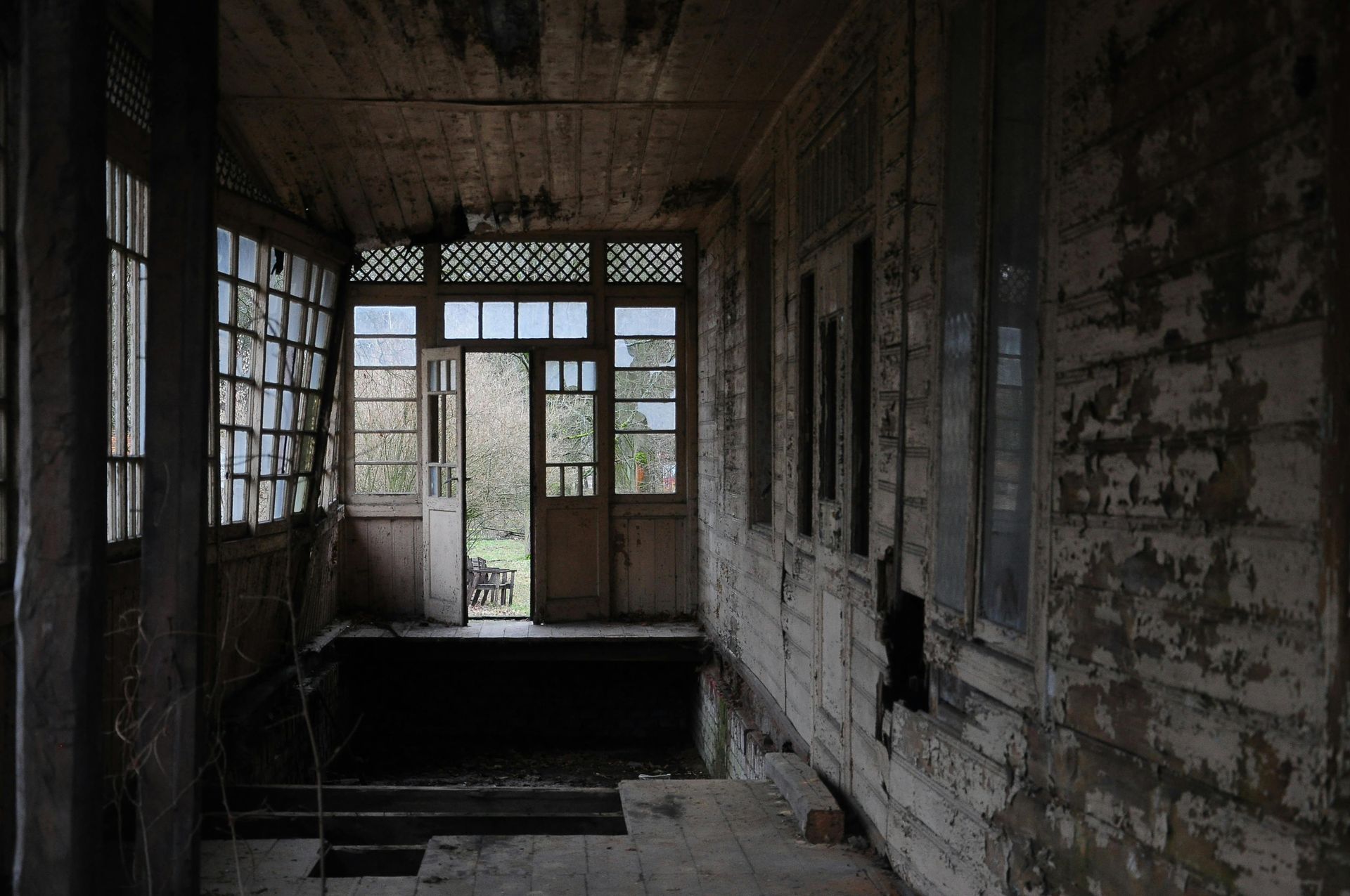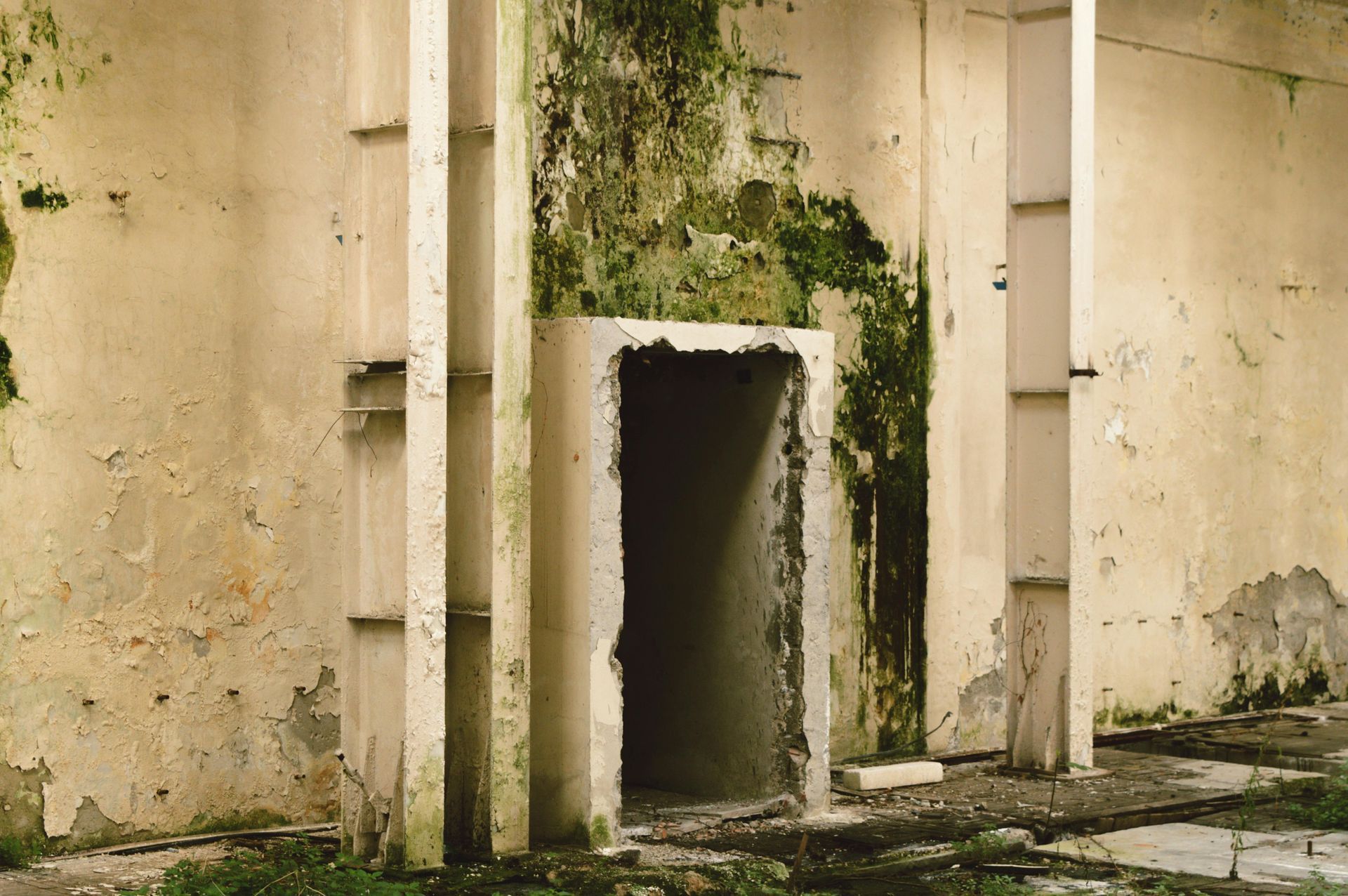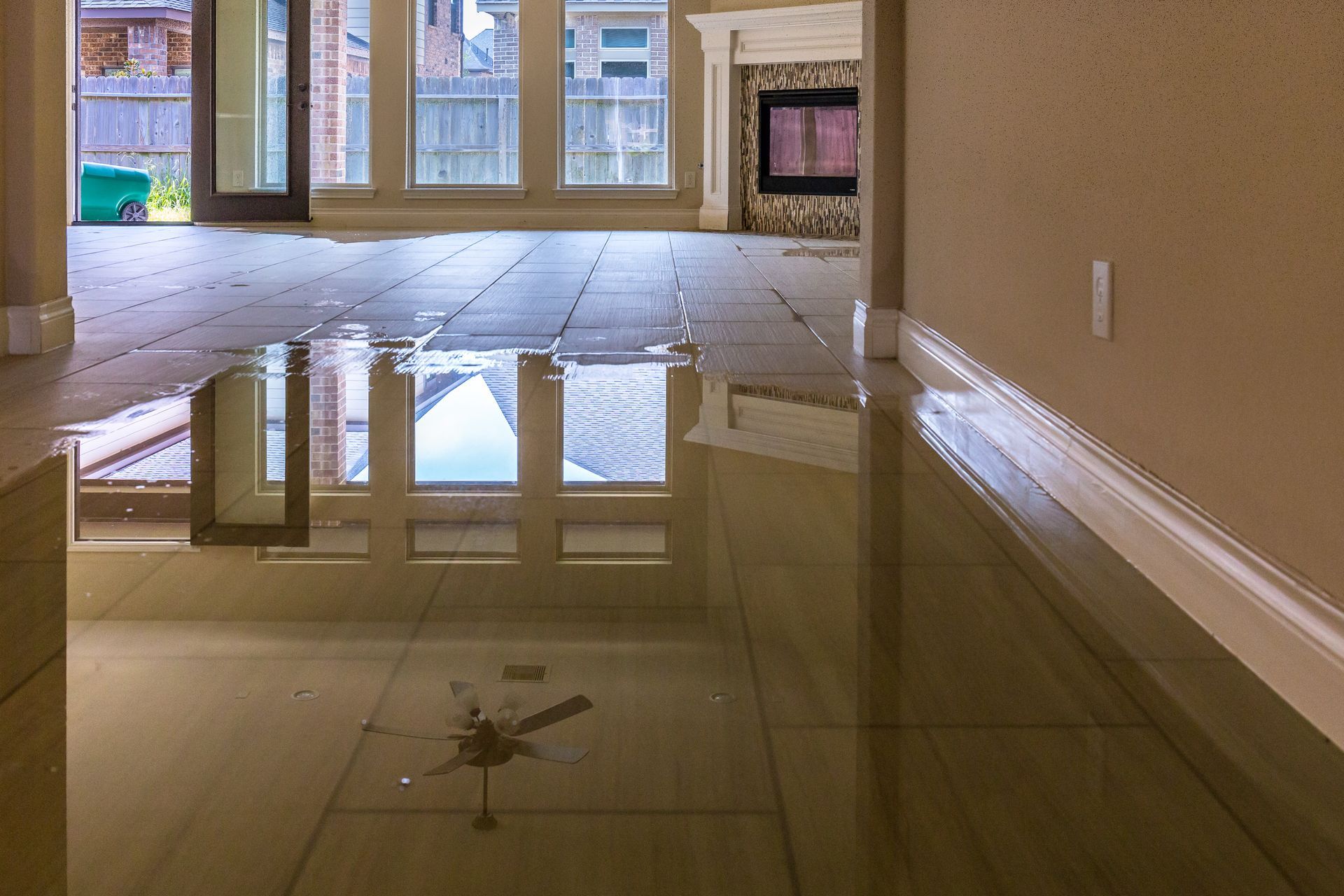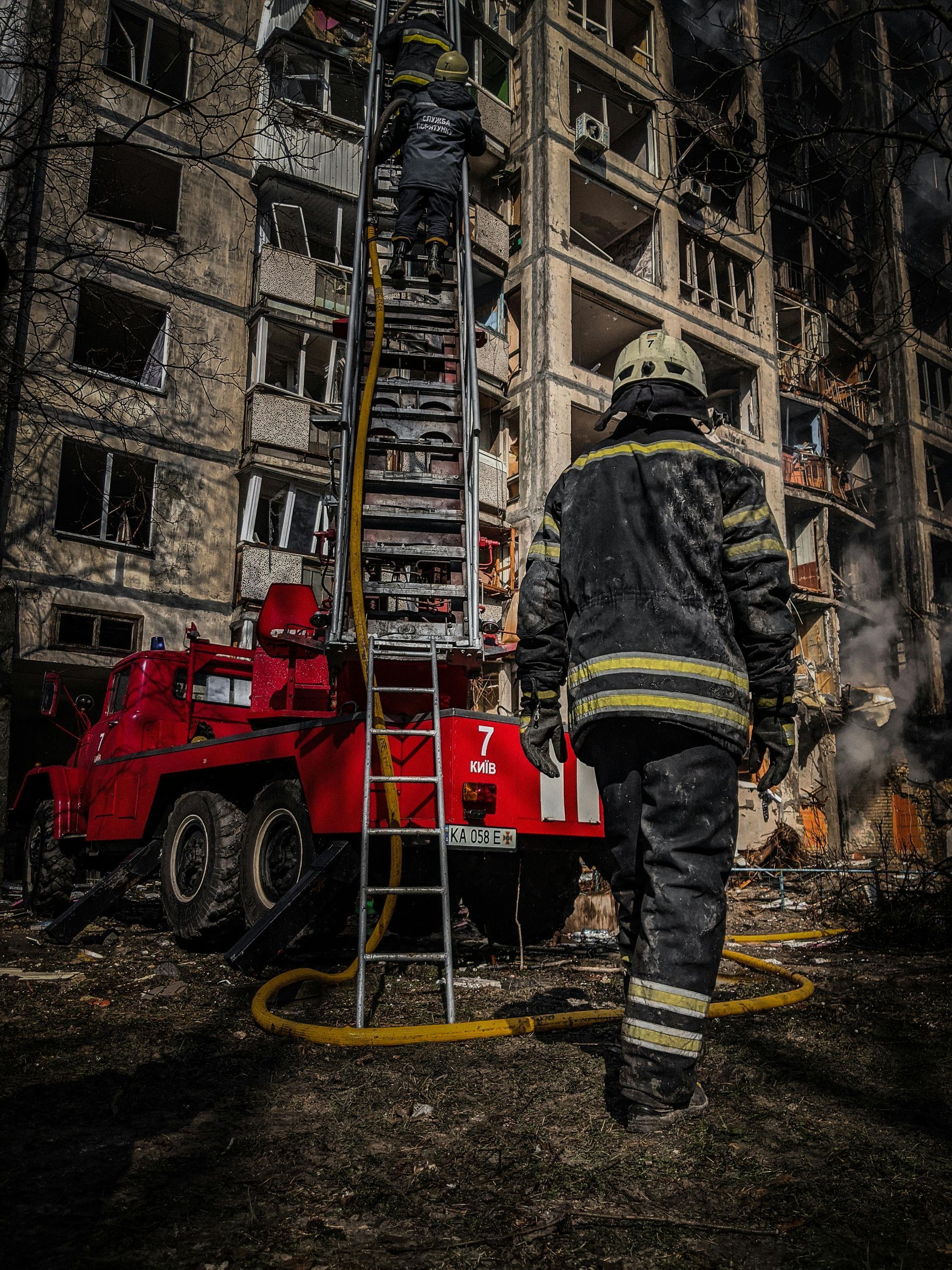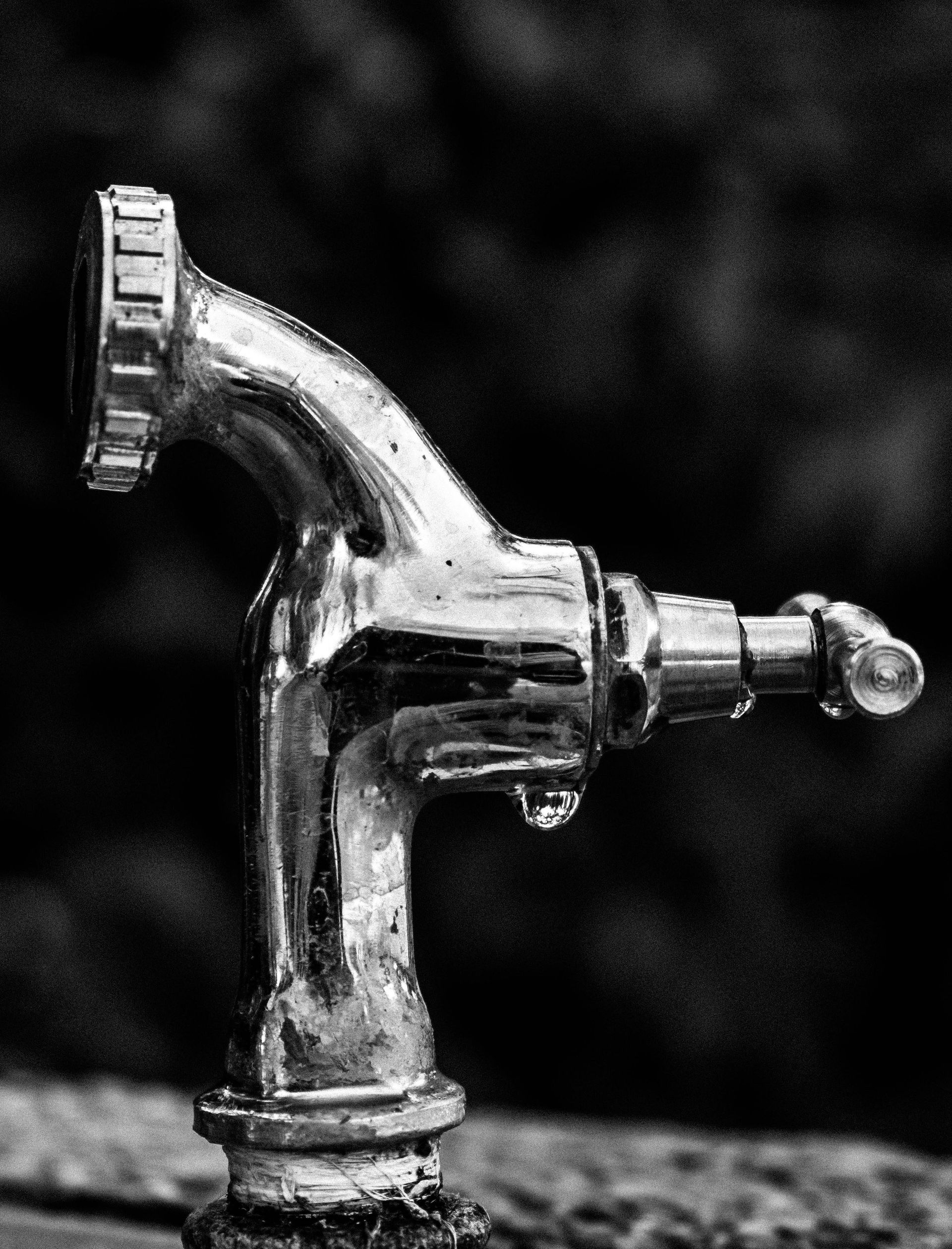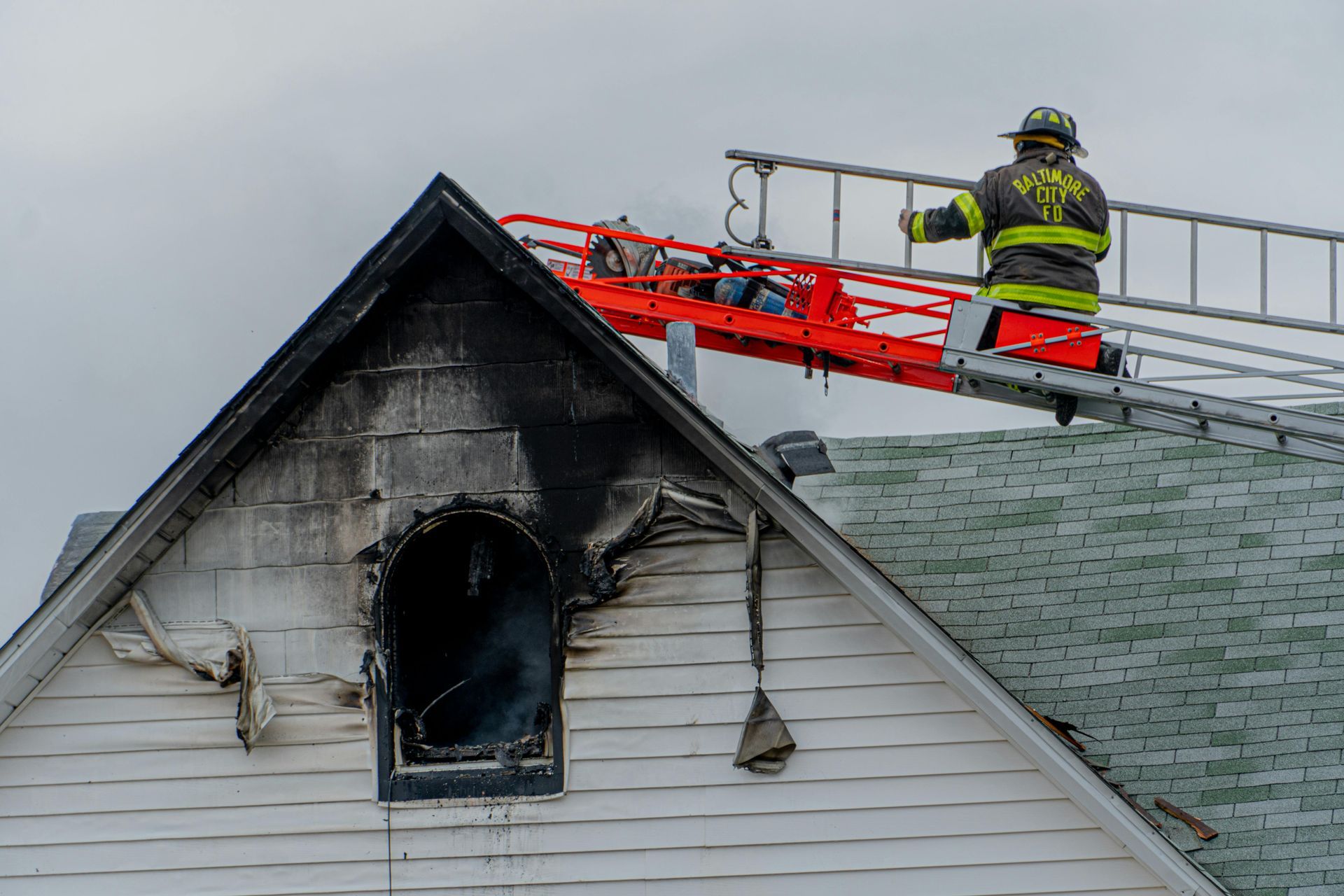Steps to Take After a Fire Damage Incident
House Fire Damage: What to Do After the Flames Are Extinguished
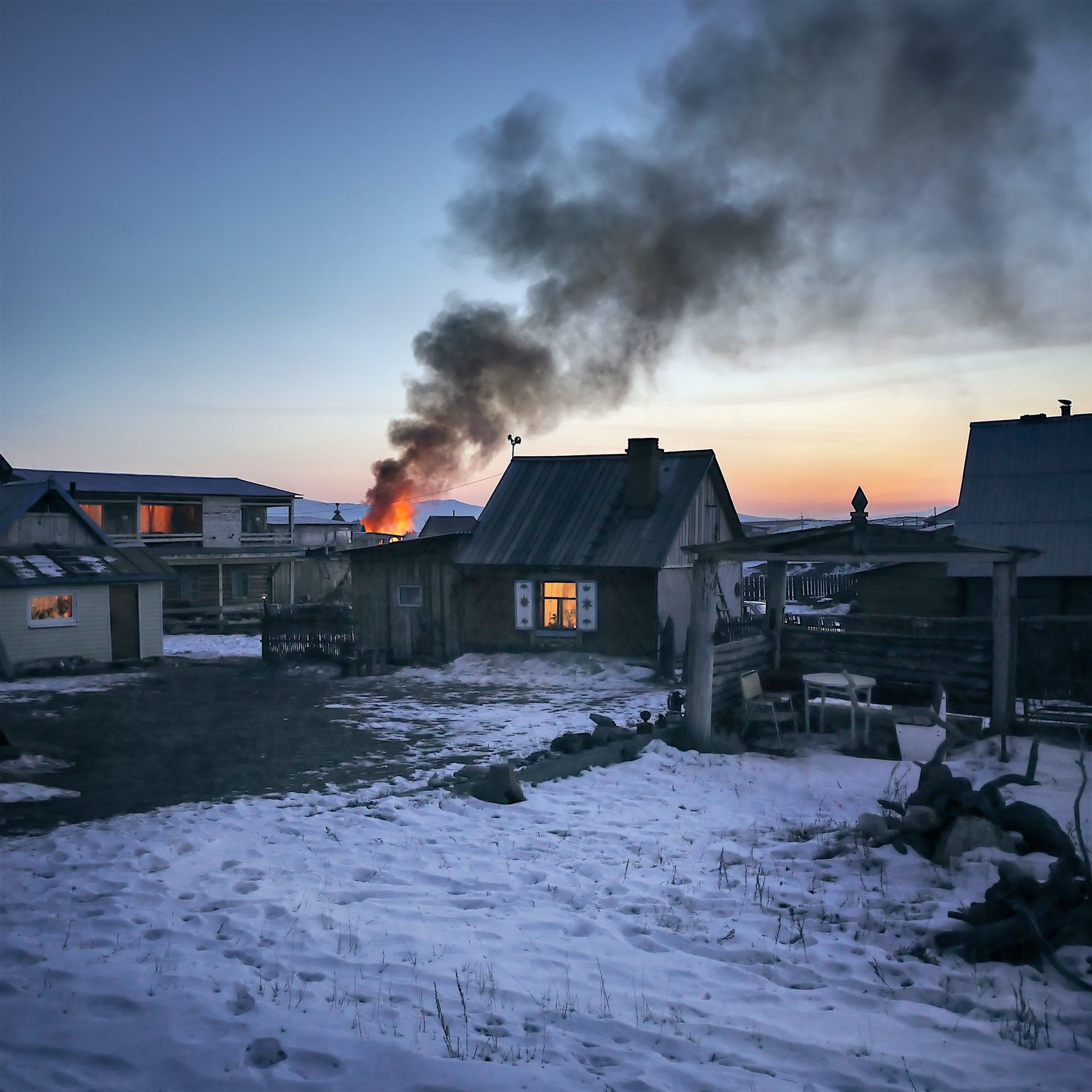
Abrupt and unexpected, fires are a destructive force of nature that can leave devastating damage in its wake. Not only is there significant physical destruction to property, but the mental trauma it causes to victims can have long-lasting effects. It's essential to take immediate action after a fire damage incident to limit both financial and emotional losses. In this article, we will discuss the steps that can help you minimize losses from fire damage and begin the process of rebuilding your life.
Step 1: Contact Professionals
After experiencing a devastating fire, it is important to contact professionals as soon as possible. Firefighters are the first responders and can provide initial assistance in controlling any further damage. They will also be able to assess the severity of the damage and advise on potential future steps. Insurance adjusters should also be contacted quickly following a fire. They can review the property damage and help with filing claims. Finally, it is important to contact a restoration company; they are experienced in helping properties recover from fires and have the necessary tools and resources to begin restoring the fire-damaged house as quickly as possible.
By calling these professionals immediately after a fire, it is possible to secure the property, assess any damage, and take steps toward beginning the restoration process. This will help to ensure that the property is restored in the most efficient and effective manner.
It also allows for any insurance claims to be filed promptly so that costs can be covered without delay. Although house fire damage can be devastating, with the assistance of professionals, it is possible to begin restoring the property quickly and safely.
Finding reliable professionals to work with can be a challenge, but it doesn't have to be. Here are some tips for finding the right person for your project:
- Ask around and do your research. It's always a good idea to get recommendations from friends, family, and other trusted sources who have worked with reliable professionals in the past. Take the time to read reviews and do your own research on potential service providers so that you can be sure they are reliable and credible.
- Look for credentials. Professional certifications or awards from organizations like the Better Business Bureau can go a long way in helping you make an informed decision regarding whom to hire. Be sure to check for any trade licenses or professional memberships that the service provider may have.
- Negotiate payment terms and conditions. Before agreeing to a contract or hiring someone, make sure you know exactly what services will be provided, how much they cost, and any other associated costs, such as travel fees or additional materials needed for the project. It's also important to agree on payment terms upfront, such as whether they offer financing, discounts, or payment plans.
Step 2: Assess the Damage
Assessing the extent of damage is essential before starting any restoration work. It serves as the basis for an effective and appropriate plan of action to manage the situation. Professional restorers use a variety of specialist tools and techniques to evaluate the degree of damage in order to ensure that all aspects have been taken into account when coming up with a solution. These include moisture meters, infrared cameras, hygrometers, and thermal imaging to identify any underlying problems.
Advanced technology, such as digital photography and 3D scanning, can also be used to determine the full extent of the damage and create detailed records that will help inform restoration decisions. By understanding exactly what has been affected and how badly it has been impacted, restorers are better placed to decide on which processes need to be used and when they need to be implemented in order to achieve the desired outcome. Additionally, this information can help inform any necessary preventative measures that may need to be taken in the future.
Damage due to fire can range from minor charring to extreme destruction of a structure. Structural damage may include weakened or buckled walls and ceilings, collapsed roofs, and damaged foundations. In addition, smoke damage often affects walls, floors, and furniture, as well as personal belongings such as clothing and curtains.
Smoke damage is also known to linger in the air long after the fire has been extinguished, leaving an unpleasant smell. In cases where the smoke was particularly thick or toxic, further steps may be necessary in order for a building to be deemed safe for re-occupancy.
Step 3: Secure the Property
Securing a damaged house after it has sustained damage is an important step in protecting against further damage, theft, and vandalism. Professional services can be used to board up windows and doors and construct temporary fencing or other barriers around the property. These measures are not only effective in deterring intruders, but they can also provide a layer of physical protection against additional damage from the elements.
Additionally, having a secure property may also help to speed up the process of repairs or rebuilding, as it will ensure that any materials and tools stored onsite remain safe from theft or vandalism. Taking these steps can go a long way in preserving the value of a damaged piece of damaged home and ensuring that its owners are not exposed to unnecessary risks.
Step 4: Water Extraction and Drying
The process of removing water and drying out the affected area is vital for preventing further damage. Professionals use pumps, vacuums, and specialized equipment to remove large amounts of water quickly and efficiently. They also use dehumidifiers or industrial fans to remove excess moisture from the air.
To ensure that all areas are completely dry, professionals use moisture meters and humidity sensors to measure levels and confirm that the area is dry. Finally, they use air scrubbers to remove any lingering odors or contaminants from the area. All of these measures are taken in order to prevent further damage and restore the affected area back to its original condition.
Homeowners can assist with the drying process by taking some simple steps. Opening windows and using fans can help circulate air throughout the affected area, which will allow moisture to evaporate faster. By running a dehumidifier, homeowners can also reduce humidity levels in their homes that are conducive to mold growth. Additionally, any standing water should be removed as soon as possible to prevent further damage to walls and floors. Homeowners should wear protective clothing and use disinfectants when cleaning up any areas that have been affected by water damage.
Step 5: Cleaning and Sanitizing
Cleaning and sanitizing an area affected by mold is essential to maintaining the health and safety of occupants. Professionals must take special care when cleaning a contaminated area in order to prevent cross-contamination and further spread of harmful microorganisms.
The types of cleaning agents used depend on the surface materials. Nonporous surfaces such as glass, tile, metal, porcelain, and plastic typically require a cleaning solution that contains bleach or a disinfectant. Porous surfaces such as fabrics, carpets, and wood may require special detergents and cleaning techniques.
Professionals use several different sanitation methods to ensure the affected area is completely free of mold. Steam cleaning and dry fogging are two popular techniques used to sanitize large spaces, as they can reach into hard-to-reach crevices. For smaller areas, HEPA vacuums and wet washing may be used to remove any remaining mold spores thoroughly.
Once the cleaning process is complete, it is important to take the necessary steps to prevent cross-contamination from occurring again in the future. This can include replacing moldy materials with new ones and installing adequate ventilation systems in damp or poorly ventilated places.
By taking the time to clean and sanitize a contaminated area properly, you will ensure the health and safety of occupants and prevent further growth of harmful microorganisms.
Step 6: Restoration and Repairs
Restoring and repairing an affected area is a delicate process that requires precision and skill. Professional restoration services are essential in ensuring the job is done correctly and safely, so working with experienced professionals is important when undertaking any renovation project.
The materials and finishes used in the restoration play a vital role in its success. Professionals can help homeowners select materials appropriate for the space, as well as advice on finishes that will add to the aesthetic and longevity of the repair. This ensures that any renovation project has a successful outcome lasting for many years to come.
By working with professional restoration services, homeowners can rest assured they are receiving expert advice and quality workmanship throughout the entire process. This helps ensure that their money is being spent wisely and that the affected area will be restored to its former glory.
Ultimately, working with experienced professionals when restoring and repairing an area is the best way to ensure it is done correctly and safely. Not only does it provide homeowners with peace of mind, but it also ensures any renovation project has a successful outcome. This is why working with experienced professionals is so important when undertaking any renovation project.
Step 7: Communicate with the Insurance Company
Working with insurance companies can be challenging, but it is also essential when it comes to restoring your home or business back to its pre-loss condition. Through communication and proper documentation, insurance adjusters can ensure the policy covers the necessary restoration work.
When communicating with an insurance company, it is important to provide timely updates on the progress of the restoration. Keeping detailed records such as before/after photos, receipts, and invoices can help ensure that all restoration expenses are properly documented and accounted for. Additionally, be sure to address any questions or concerns that may arise in a timely manner and provide complete and accurate answers.
It is also beneficial to maintain open lines of communication with the insurance adjuster throughout the entire process. Having an experienced and knowledgeable professional available to answer questions, provide advice, and explain coverage options can make a huge difference.
By communicating regularly with an insurance company throughout the restoration process, you can help ensure that your claim is handled quickly and efficiently. With the right guidance and support, you can rest assured that the restoration of your property is in good hands.
Professional Help From Restoration Heroes
After a house fire damage incident, it's important to take the proper steps in order to minimize further damage and reduce any potential health risks. The most important actions you can take are:
- Assessing the damage.
- Calling for professional help.
- Boarding up windows and doors.
- Removing excess water with a wet/dry vacuum cleaner.
- Disposing of hazardous materials like soot, smoke, and ashes.
- Cleaning up the damage as soon as possible.
But don't worry!
Restoration Heroes is here to help you recover from any fire damage incident. Our experienced team is trained to handle all types of disaster restoration services with expertise and efficiency. Contact us today and take the first step towards bringing your home back to its pre-damage condition!
